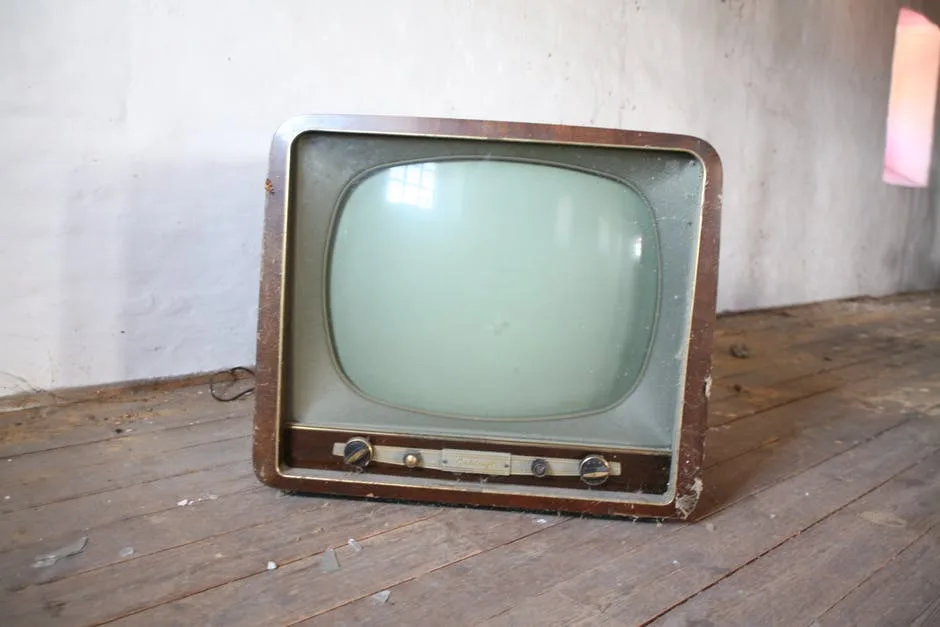In a few years, the TV will have been around for a century. Inventor Philo Taylor Farnsworth can be thanked for the first tv set, which hit the market in the early 1930s. While TVs were scarce then, over half of America’s homeowners have three or more in their home today.
No wonder $70.3 billion’s spent on TV ads a year—it’s the primary carrier of media. But voice commands, smart houses, and high-resolution devices make it easy to forget the evolution of TVs.
Read on to appreciate how the history of TV led to the one that’s blasting in your living room.
When Was the TV Created?
Not much about modern-day TVs resemble its origin, but the history of televisions is rich. While John Logie Baird and Charles Francis Jenkins were paramount in developing the mechanical system, 21-year-old Farnsworth first successfully presented the TV signal. Between the years of 1945-1950, TV distribution skyrocketed from 10,000 sets to 6 million.
TV’s been around for a century, and it’s held as many models. Here are some ways TV’s evolved over time.
1. Mechanical to Electrical Television
Mechanical TV meant rotating knobs, managing cathode ray tubes, scanning disks, and clarifying pictures. Now, TVs are the epitome of ease and convenience. 1939 made all TV broadcasting electronic, and they’ve been on the up-and-up ever since.
2. Black and White to Color TV
Not only are TV’s perfectly pixelated now, but they’re abundant in color. Black and white TVs indicate older models, but color boomed in the 1960s. Color TVs were certainly a product of its time.
3. The Size
The TV picture size has grown from 5 inches to a possible 370! Besides the picture, the box’s thickness and style have changed too. From small TV sets to home entertainment players to plasmas screens and LCDs, the evolution of TVs has a shape for all eras.
4. Popularity
The history of TV shows them going to the most privileged people. Now, with all shapes, styles, and models of TVs, it makes sense that by the 1990s, 98% of Americans had one.
Not only do more people have TVs now, but there’s more time spent on them, averaging 2.5-5 hours a day.
5. Price
It’s no surprise that if TV’s had a hundred iterations in its hundred years, its prices have changed too. The first sets ranged from $200-600, whereas now, prices range from $600-6,000. As is true for all things, if the demand goes up for an item, so does its cost.
6. Portability
The history of television’s remembered by big, bulky box sets. Once TV became portable in the 1960s, evolution and technology took the idea and ran. Portable TVs expanded everyone’s access to television, as well as their understanding of the greater electrical system.
No matter your style of TV, learning these tips for TV antenna installation reminds us what makes watching TV possible.
Epic Evolution of TVs
Technology is most appreciated with an awareness of its history. Every time you turn on the tube—a slang term derived from the cathode-ray tube—you can appreciate the evolution of TVs.
Part of loving where you are is seeing where you’ve been—and TVs have come a long way. Next time you’re on a screen, whether it’s your computer, TV, tablet, watch, phone, game system, or another device, remember where it all started. It brings a bit more color to life.
For more on technology and TVs, check out our latest blog posts!







